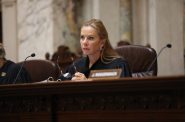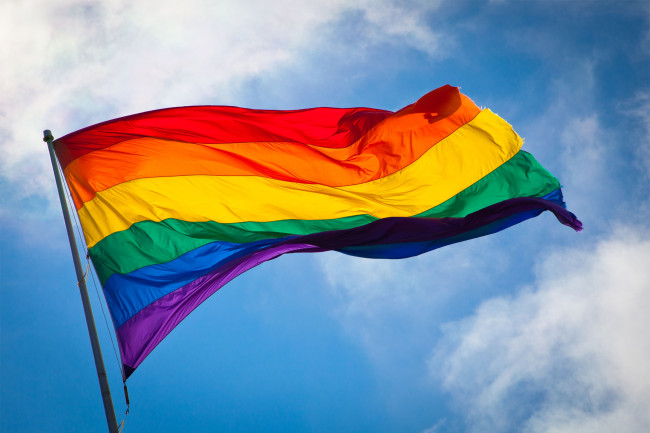Wisconsin Outpaces Most States in LGBTQ Elected Officials
17% hike nationally in LGBTQ elected officials in last year, but still a long way to go.
A new report finds that nation has made progress in electing “out” LGBTQ officials at the local, state and federal levels. The report by the LGBTQ Victory Institute identified 986 such officials throughout the country — an increase of 17% from last year.
“We’ve seen an incredible jump in the number of LGBTQ people elected to public office — and they are becoming more representative of our entire community as well,” said LGBTQ Victory Institute president and CEO Annise Parker.
Wisconsin ranks 17th, ahead of most states in the number of elected officials openly identifying as LGBTQ, with 22. Far ahead of any state is California, with a total of 155, followed by Pennsylvania, with 54 out LGBTQ elected officials.
Mississippi ranked last, the only state in the nation with zero known LGBTQ elected officials.
This is the fifth year that the institute has surveyed the nation. Parker told the New York Times that former President Donald Trump had been “probably the best recruiter of Democratic candidates you could possibly have,” and suggested that across-the-board Democratic anti-Trump fervor had fueled the rise in L.G.B.T.Q. contenders winning office.
The institute found the number of state lawmakers in Wisconsin who identify as LGBTQ is up from four in 2017, the first year of the report, to six in 2021. That’s half of the national high of 12 in Vermont. Nationally the U.S. must elect 224 more state legislators for equitable representation (a total of 413 out of 7,383 state legislators), the report found.
When queer and trans people hold elected office, their mere presence “has an outsize influence on policy and attitudes,” as Andrew Reynolds, a senior research scholar at Princeton University who studies LGBTQ politics, told CNN. He wrote a journal article in 2013 that found gay elected leaders have a “transformative effect on the views and voting behavior of their straight colleagues.”
Other findings by the study:
- LGBTQ elected officials of color grew at a much faster pace than white LGBTQ elected officials. LGBTQ elected officials of color increased by 51 percent, with Black LGBTQ elected officials growing at the fastest pace (a 75 percent increase);
- LGBTQ people are equitably represented among mayors of top 100 cities for the first time (with six), but are underrepresented among mayors overall and in all other public positions;
- 84 percent of LGBTQ elected officials are Democrats and just three percent are Republicans; and
- The U.S. must elect 4 more U.S. senators for equitable representation (a total of 6 out of 100 U.S. senators).
U.S. Sen. Tammy Baldwin, who previously served in the state Assembly and in the U.S. House of Representatives, became the country’s first openly LGBTQ person elected to the U.S. Senate in 2012, and won reelection in 2018. She was joined in the Senate by Arizona’s Kyrsten Sinema, the Senate’s first openly bisexual member, in 2019.
Back in the News
-
Justice Ziegler Misquotes US Supreme Court Decision
 Dec 2nd, 2025 by Bruce Murphy
Dec 2nd, 2025 by Bruce Murphy
-
Will West Milwaukee Do Development Near Brewers Stadium?
 Dec 1st, 2025 by Bruce Murphy
Dec 1st, 2025 by Bruce Murphy
-
Key Streetcar Opponent Opposes Effort to Shut It Down
 Nov 10th, 2025 by Bruce Murphy
Nov 10th, 2025 by Bruce Murphy





















A long way to go to meet what threshold? Set by whom?
@SFGiants58: The “threshold” is 5.6% of elected officials at national, state, and local levels (approx 29,000 out of about 520,000 total nationwide). The study cited here is from the LGBTQ Victory Institute. The numbers may be surprising, but they’re accurate. And I suppose you could learn more about the “who” question by looking it up yourself.